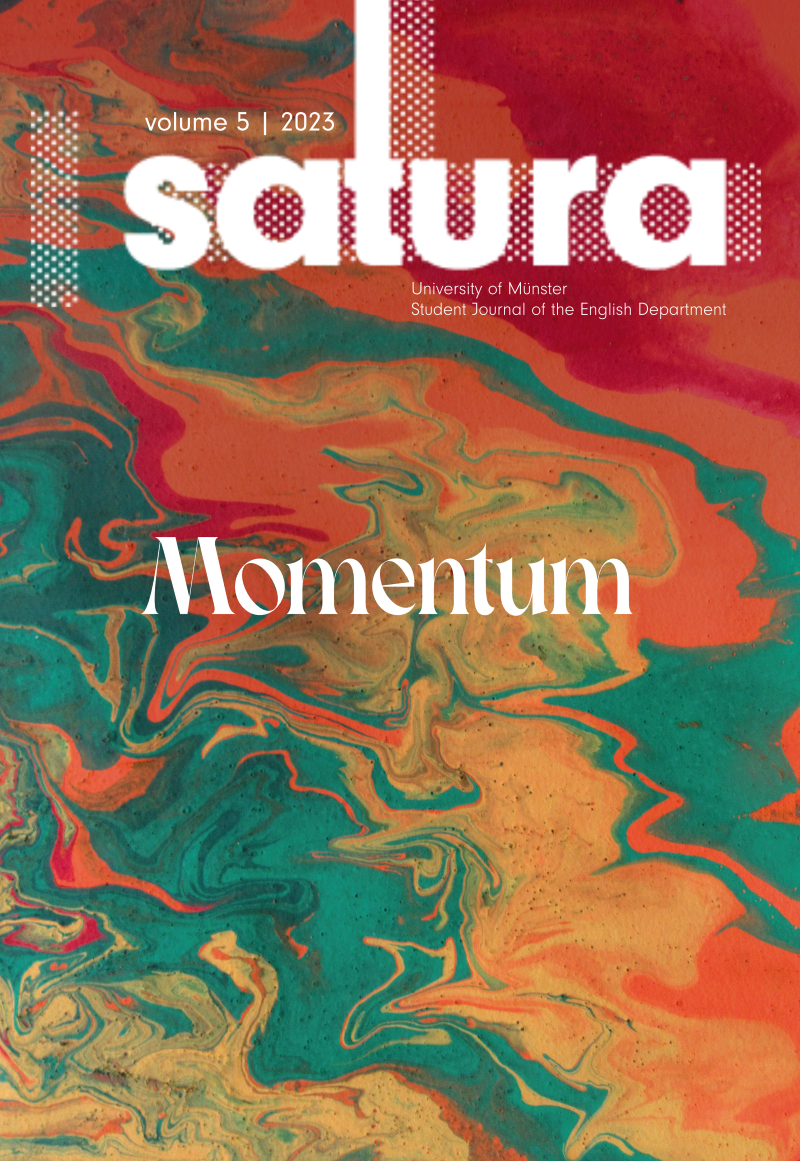Feminism and Ethnic Identity in the Paratexts of Maxine Hong Kingston’s The Woman Warrior
DOI:
https://doi.org/10.17879/satura-2023-4869Abstract
In 1976, Maxine Hong Kingston published her first book, The Woman Warrior: Memoirs of a Girlhood Among Ghosts. Born in the US to Chinese immigrants and influenced by feminism, she mixes memories from her childhood with Chinese stories and legends her mother told her. Blending fiction with non-fiction, Hong Kingston cites Walt Whitman and Virginia Woolf as influences on her work, appreciating their inclusive language, which deals with “all kinds of people,” regardless of gender or heritage (Fishkin 784). The Woman Warrior became an immediate success, winning the 1976 National Book Critics Circle Award. Journalist and college professor Jess Row says: “When I query my first-year college students about books most of them have read, The Woman Warrior falls somewhere between Beloved, Romeo and Juliet, and The Sisterhood of the Traveling Pants” (Row). What puts The Woman Warrior in a group with these other famous works? The continuing re-publications and abundance of freshly written reviews show the momentum surrounding Hong Kingston’s work from 1976 to today.
Downloads
Published
How to Cite
Issue
Section
License
Copyright (c) 2024 Lena Fleper

This work is licensed under a Creative Commons Attribution-ShareAlike 4.0 International License.




